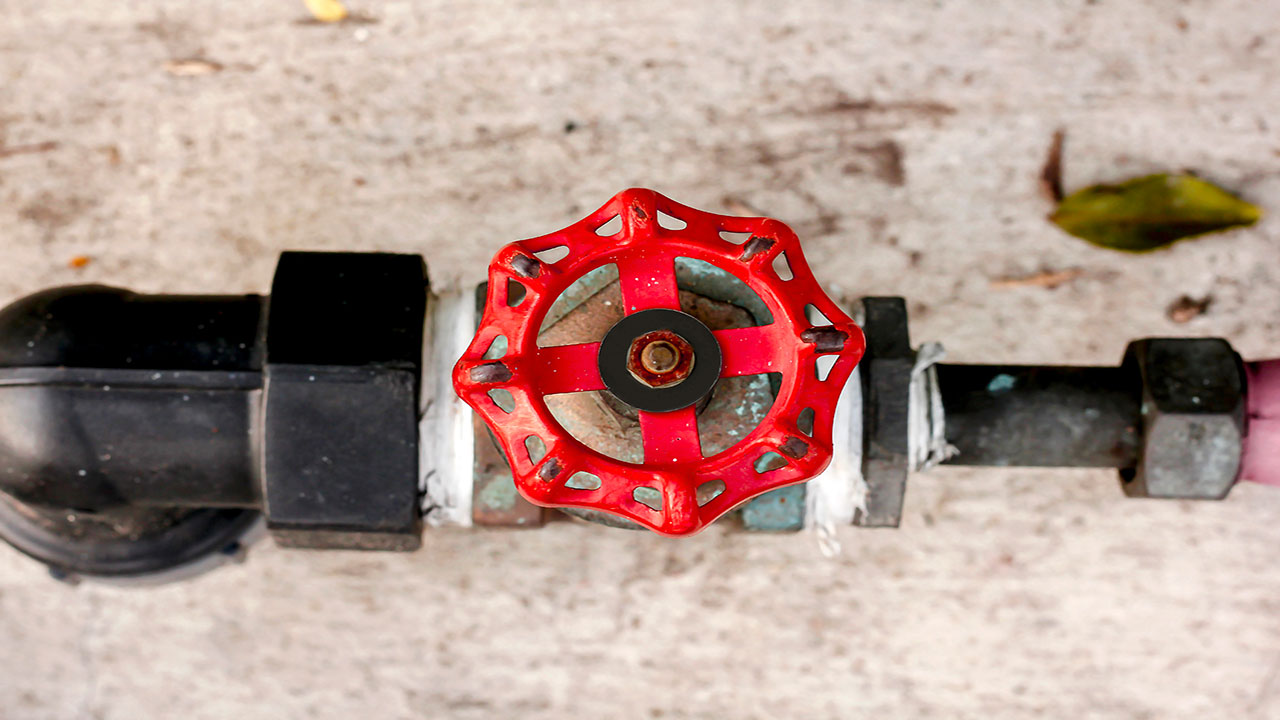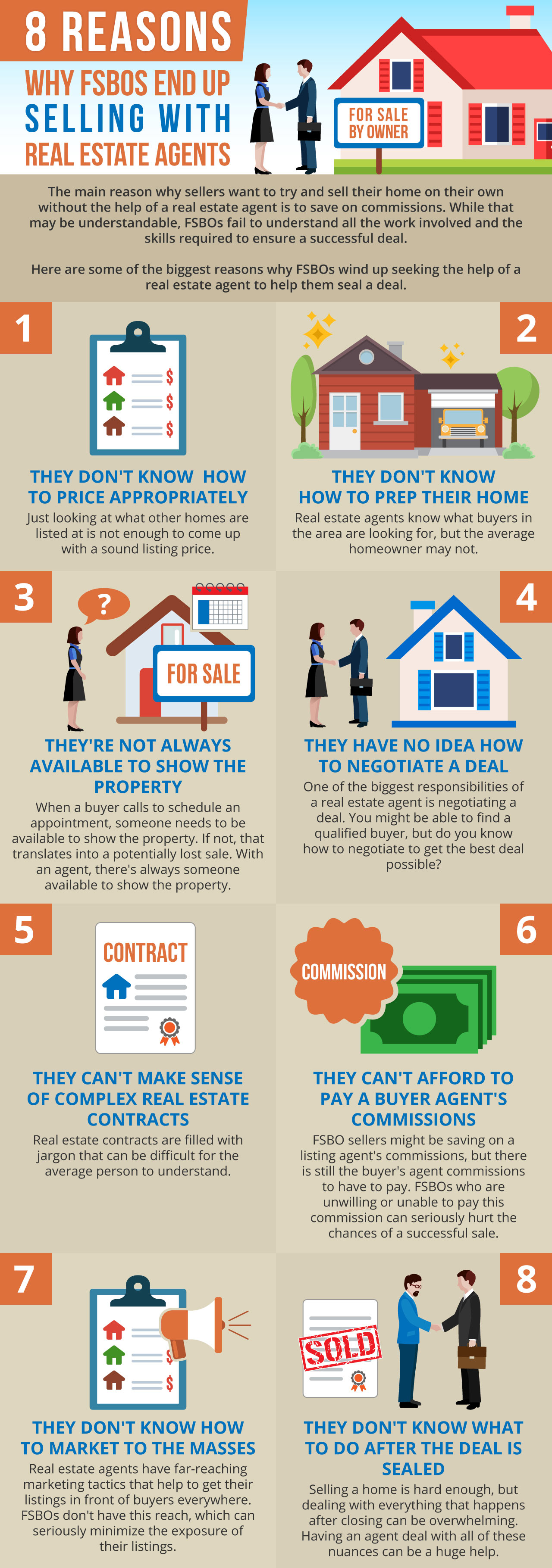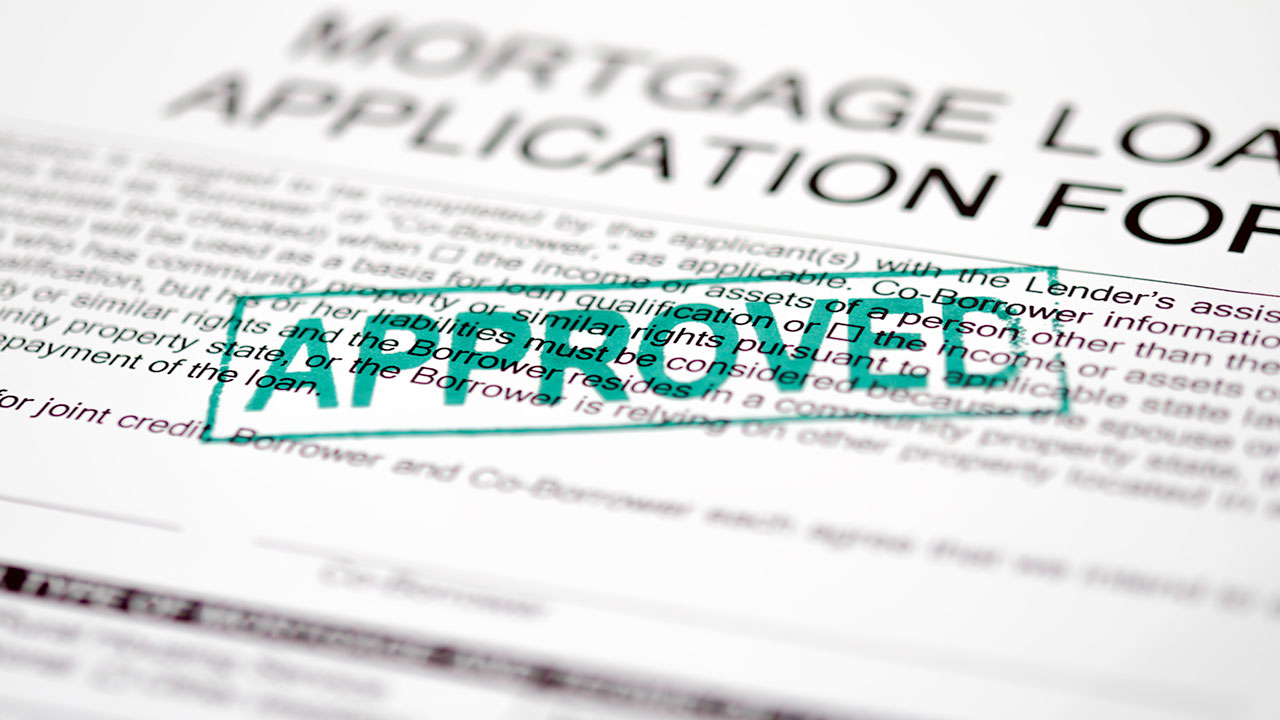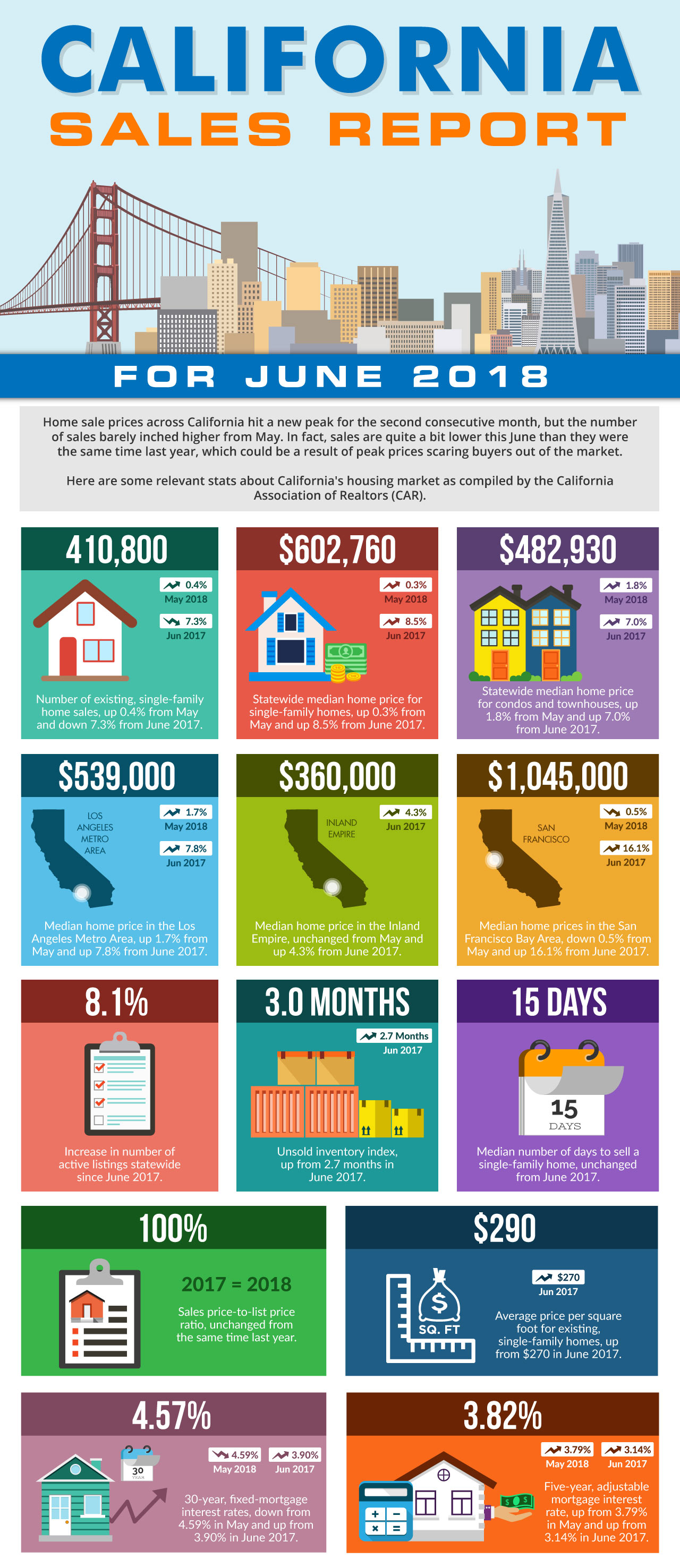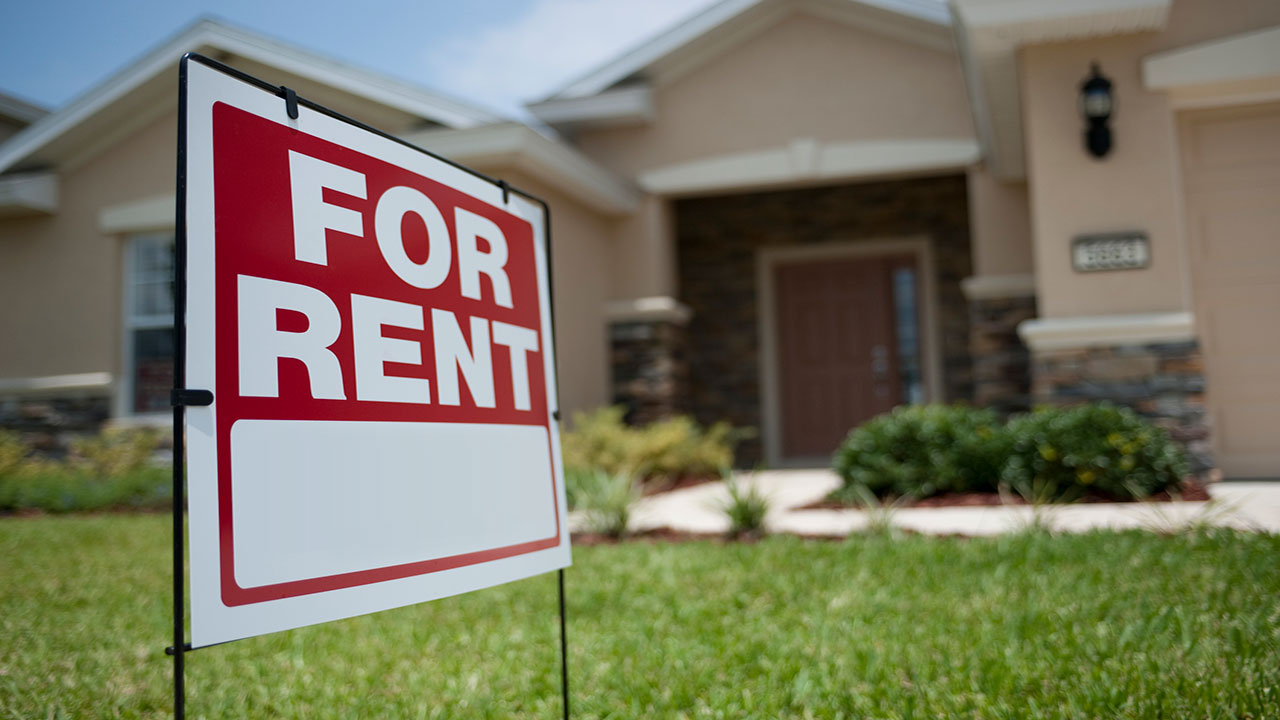What All Buyers and Sellers Should Know About Easements

When you buy a home, it’s exclusively yours to use, right?
Not always.
If there are specific easements on title, you may have to share the use of your property with others.
An easement is the legal right for another party to use your property for a specific reason. There are so many factors to verify when you buy a home, especially when considering how much you’re paying for it, and easements are one of them.
When you’re purchasing a property, you’ll definitely want to find out if there’s an easement on title. If there is, you’ll also want to know what type of easement it is and how it will affect your enjoyment of your property.
Types of Easements

There are several different types of easements that exist for different purposes, including the following:
Utility easements – These are very common easements and essentially give utility companies the right to use your property in order to access specific areas where work is required. Whether it’s telephone cables, hydro lines, or gas lines, utility workers will need to get access to specific parts of the lot in order to do their repair or maintenance work.
Express easements – In this case, the owner of one property would give express consent to another landowner for a specific reason. For instance, let’s say your next-door-neighbor doesn’t have the best access to a public road. You could give them consent to cross over your land to access the public roadway. If you agree to this, you’ll be providing an express easement, which needs to be in writing in order for it to be enforced.
Implied easements – Unlike an express easement, an implied easement is one that can exist without a formal contract in writing. Usually, these are involved when a larger piece of land is divided up into two or more.
In order for an implied easement to exist, it must be proven that owners of some parcels of land require access to another parcel in order to experience reasonable enjoyment of their property. Also, there must be a need for the easement to exist before the land was divided or sold.
Let’s say one large piece of land has a paved driveway leading to a public roadway. If that land is divided leaving only one parcel of land with this driveway on it, the other divided parcel may require the use of the driveway in order to access the roadway. An implied easement would exist if both owners intended to continue using the driveway when the land was divided.
Easement by necessity – Also referred to as a “right-of-way,” these are somewhat similar to implied easements in that they are necessary for the enjoyment of one landowner. The difference between the two, however, is that an easement by necessity can only be created if there is no other alternative to crossing someone else’s property. With an implied easement, there may be the option for the landowner without the driveway to construct one of their own to gain access to the public road.
For instance, if you sell part of your land to another and they don’t have any access to the public road other than by crossing your land, the courts in California could create an easement by necessity because the other landowner has no other way of gaining access. If there was a possibility for the other landowner to build a driveway of their own, an easement by necessity wouldn’t apply.
Prescriptive easement – This type of easement occurs when a person uses someone else’s land for a certain period of time without the landowner knowing about it. The key here is that even though the property owner may not have known that another party was using the property, the landowner still has the ability to be aware of such use.
Another important component to this easement is continued use. In California, the property must have been used in the same way by another party for a continuous period of five years in order for this easement to exist.
Can Easements Be Terminated?
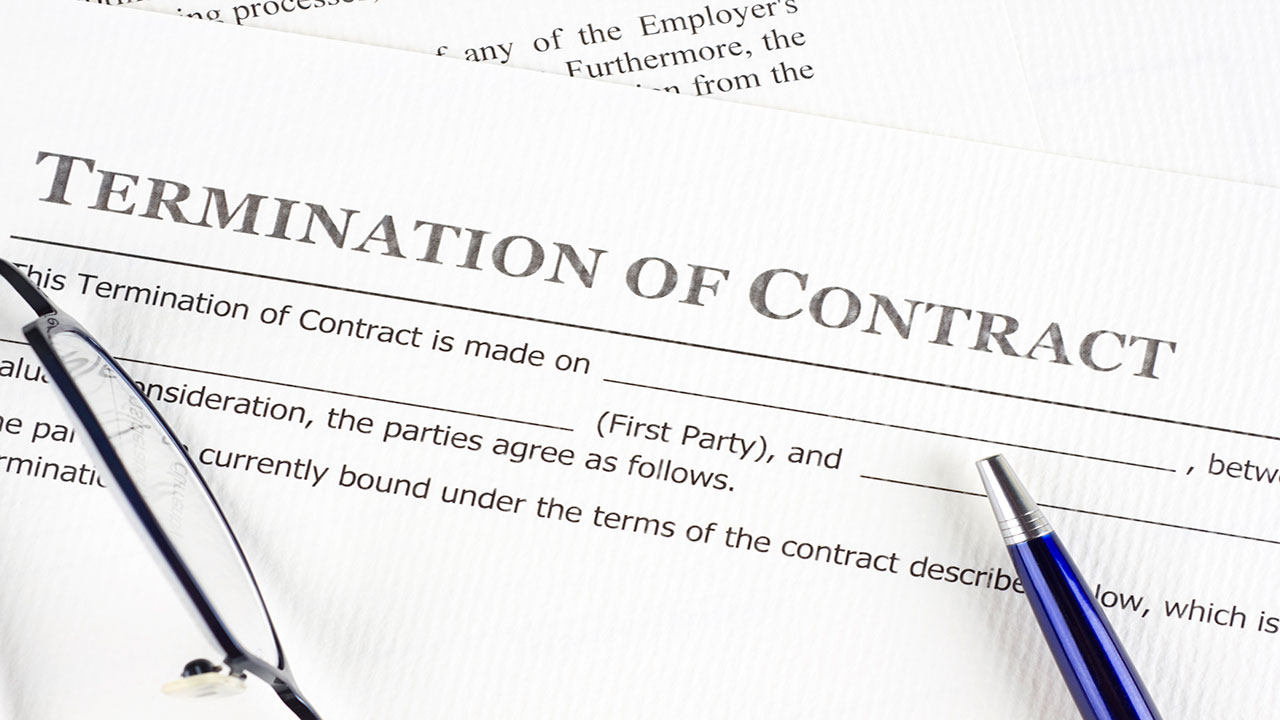
Easements may be terminated if a judge deems that access to another property is unreasonable, particularly if it gets in the way with the landowner. These can be hashed out in court if the landowner finds that their enjoyment of their property is being compromised by other parties for reasons that are not necessary.
Some easements also have expiry dates, after which they’re no longer in effect. In other cases, both parties may agree to terminate the easement. But in most other cases, terminating an easement can be a bit more challenging and would require a judge to intervene.
You Could Be Legally Liable if You Infringe on Right-of-Ways
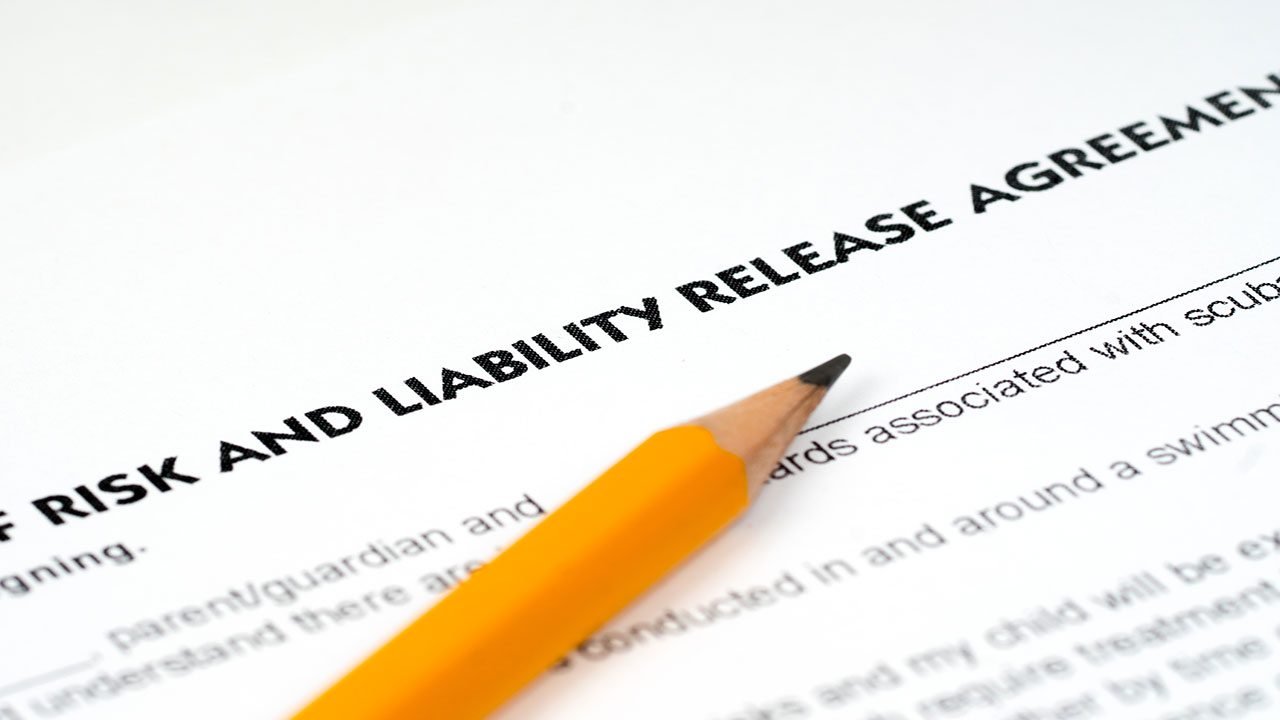
If you buy a home that has an easement by necessity and blocks others from accessing your property for specific reasons, you could be taken to court. Let’s say you buy a property with an easement that allows your neighbor to cross over your property to gain access to the public roadway. If you build a fence after you move in that blocks such access, you would be considered to be trespassing this right-of-way and could be taken to court as a result.
What if You Want to Build or Expand Your Home?

If you have intentions of expanding your home, renovating, or building an addition or separate structure, you’ll want to know if an easement exists on a property beforehand. If there is one, that could affect your plans for construction.
For example, you wouldn’t be able to build a shed that would block access to a roadway for your neighbor. In this case, you may have to abandon your plans for construction or come up with an alternative option.
The Bottom Line
It’s very important to know if there are any easements on a property before you sign on the dotted line. If any exist, find out exactly what type they are. Easements can definitely impact your enjoyment of your property, so it’s crucial to conduct a title search to find out if any exist. Your real estate agent will be able to help you identify any easements that there may be on title and how they may impact how you use and enjoy your new home.


